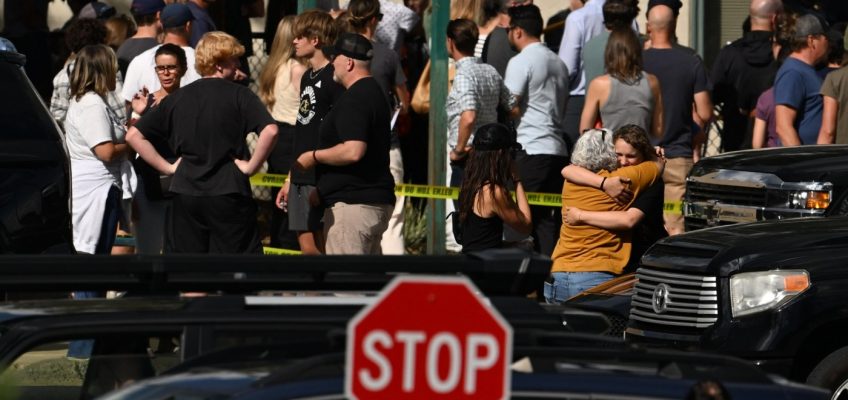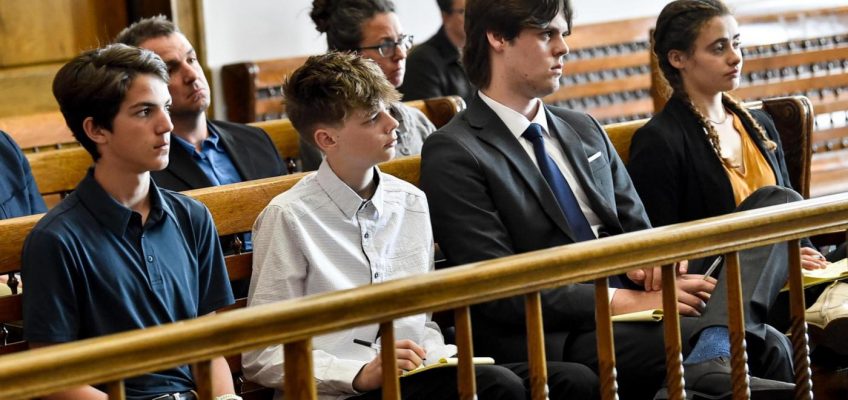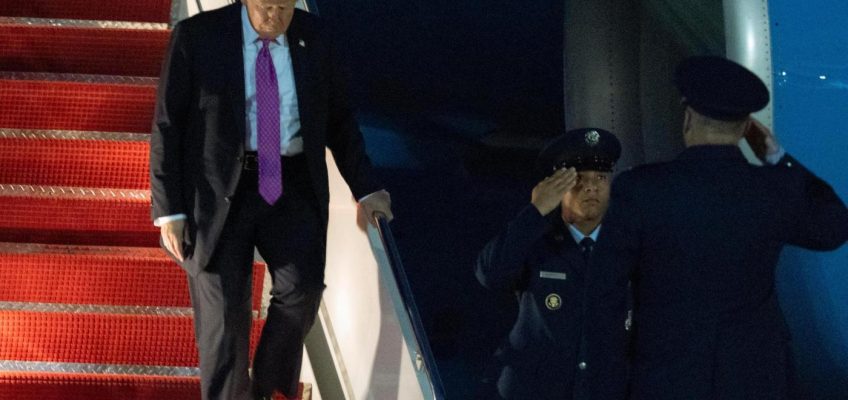The FBI in July investigated social media accounts connected to the 16-year-old who shot two students and then himself at Evergreen High School last week, but did not identify the boy or take any further action before the attack, the agency confirmed Monday.
The FBI “opened an assessment into a social media account user whose identity was unknown and who was discussing the planning of a mass shooting with threats non-specific in nature,” the agency said in a statement.
“During the assessment investigation, the identity of the account user remained unknown, and thus there was no probable cause for arrest or additional law enforcement action at the federal level,” the statement continued.
Evergreen High School shooter’s online footprint reflects new wave of extremism, experts say
The FBI’s investigation, first reported by 9News, continued up to and until last week’s attack, the FBI said.
The teenager’s social media accounts showed that he was likely involved in online extremism that calls for violence as a way to destroy society, experts told The Denver Post. His accounts included a mix of white supremacy, antisemitism and a fascination with violence and mass shootings, including the 1999 Columbine High School massacre.
They fit into a new wave of online extremism that seeks to use violence to destroy society, the experts said.
The Anti-Defamation League, which monitors online threats, tipped the FBI to 16-year-old Desmond Holly’s accounts, Oren Segal, the organization’s senior vice president of counter-extremism and intelligence, said in a statement Monday. The ADL regularly shares information with law enforcement.
“We shared profiles and activity at the time with law enforcement for actions they deemed necessary based on what was available at the time,” Segal said in the statement. “We have since learned those profiles belonged to the individual responsible for the shooting in Evergreen.”
The 16-year-old shooter, who died from a self-inflicted gunshot wound, acted alone, Karlyn Tilley, spokeswoman for the sheriff’s office, said Monday. There was no second shooter during the attack, despite persistent rumors of one, she said Monday.
“We are 100% confident that he was acting alone,” she said.
Some students who were in lockdown in the school believed there were two shooters, in part because people banged on the doors to their hiding places and claimed to be police officers.
Those people banging on doors may in fact have been law enforcement and first responders, Tilley said Monday.
“Some of the law enforcement likely did pound on doors and say, ‘Hey, we are law enforcement, let us in,’” she said. “But what we try to train people on is that they do not unlock the doors for anyone, no matter what they are saying, and that eventually we will get to those doors with keys.”
An exception to keeping the doors shut would be if students inside were injured or needed immediate help, she noted. Authorities previously said much of the shooter’s attack was captured on surveillance video.
On Thursday, a sheriff’s spokeswoman said that closed, locked doors inside the school likely prevented the shooter from reaching additional victims.
The two students injured in the shooting, including 18-year-old Matthew Silverstone, remained hospitalized Monday. One student was in critical but stable condition, and the other was in serious condition.
Investigators believe the 16-year-old shooter opened fire with a revolver. Tilley on Monday declined to answer questions about how the 16-year-old accessed the gun he used in the attack or whether his parents or others could face criminal charges, citing the ongoing investigation.




